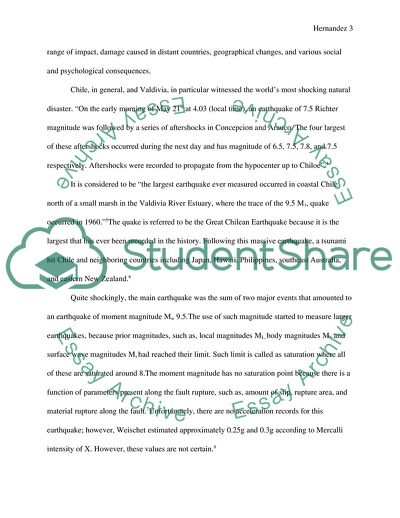Cite this document
(Chile Earthquake of 1960 Essay Example | Topics and Well Written Essays - 3250 words, n.d.)
Chile Earthquake of 1960 Essay Example | Topics and Well Written Essays - 3250 words. https://studentshare.org/history/1848575-chiles-earthaquake
Chile Earthquake of 1960 Essay Example | Topics and Well Written Essays - 3250 words. https://studentshare.org/history/1848575-chiles-earthaquake
(Chile Earthquake of 1960 Essay Example | Topics and Well Written Essays - 3250 Words)
Chile Earthquake of 1960 Essay Example | Topics and Well Written Essays - 3250 Words. https://studentshare.org/history/1848575-chiles-earthaquake.
Chile Earthquake of 1960 Essay Example | Topics and Well Written Essays - 3250 Words. https://studentshare.org/history/1848575-chiles-earthaquake.
“Chile Earthquake of 1960 Essay Example | Topics and Well Written Essays - 3250 Words”. https://studentshare.org/history/1848575-chiles-earthaquake.


